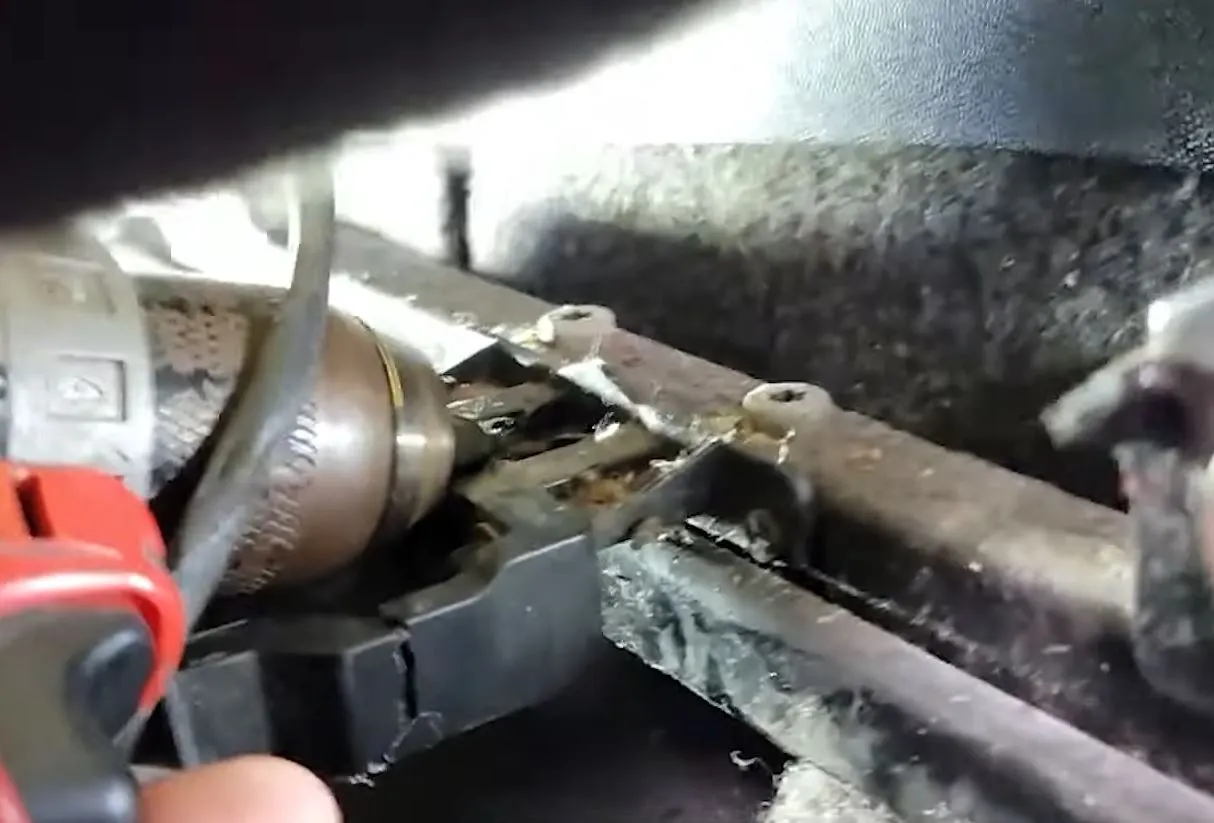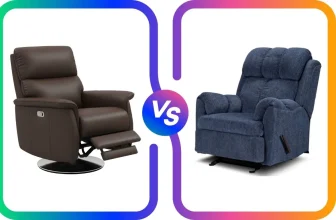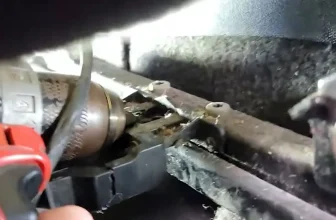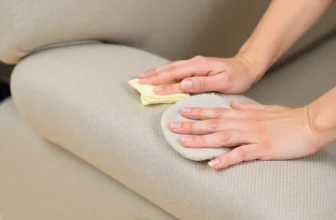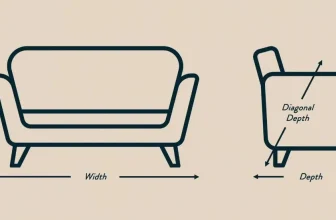How to Fix a Couch Recliner – Step-by-Step Repair Guide

Key Takeaways
- Couch recliners can malfunction due to mechanical issues, broken handles, or electrical problems.
- Identifying the specific problem is the first step to effective repair.
- Common fixes involve tightening bolts, lubricating mechanisms, or replacing parts.
- Following a step-by-step guide ensures safe and efficient repair without damaging the sofa.
To fix a couch recliner, first identify the issue (stuck footrest, broken handle, or power failure). Tighten loose bolts, lubricate moving parts, replace damaged components, or check electrical connections for power recliners. Always follow manufacturer instructions for safe and effective repairs.
Introduction
A couch recliner is a perfect blend of comfort and convenience, but over time, it may develop problems like sticking footrests, broken handles, or malfunctioning power motors.
Fixing your recliner doesn’t always require a professional. With basic tools, patience, and this step-by-step guide, you can troubleshoot and repair your couch recliner, restoring it to smooth operation.
Step 1: Identify the Problem
Common couch recliner issues include:
- Stuck or jammed footrest
- Broken or loose recliner handle
- Squeaky mechanism
- Recliner won’t recline or return to upright position
- Electrical issues in power recliners
Tip: Observe how the recliner behaves and test each function individually to narrow down the problem.
Read Also: How To Clean Your Recliner
Step 2: Check and Tighten Bolts
- Locate the screws and bolts that hold the reclining mechanism and frame together.
- Tighten any loose bolts using a screwdriver or wrench.
- Loose hardware often causes sticking or uneven motion.
Step 3: Lubricate the Mechanism
- Apply a silicone-based lubricant to moving parts like hinges, springs, and joints.
- Avoid oil-based lubricants that can stain fabric or attract dust.
- Move the recliner back and forth to distribute the lubricant evenly.
Step 4: Fix a Broken or Loose Handle
- Inspect the handle and lever mechanism.
- If the handle is loose, tighten screws or bolts.
- If broken, replace it with a compatible replacement handle.
- Test the recliner after replacement to ensure smooth operation.
Step 5: Check the Footrest
- If the footrest is stuck:
- Remove any obstructions or debris from the mechanism.
- Check the springs, rods, and brackets for damage.
- Realign or replace broken parts as necessary.
- For manual recliners, ensure the lever engages the mechanism correctly.
Step 6: Troubleshoot Power Recliners
- Unplug the recliner and inspect cords and connectors for damage.
- Test the power outlet and remote control.
- If the motor hums but doesn’t move, check for mechanical obstructions.
- Replace faulty motors, fuses, or remote controls as needed.
- Always follow manufacturer guidelines for electrical repairs.
Step 7: Test and Adjust
- After repairs, reassemble all parts carefully.
- Test the recliner through full range of motion.
- Ensure the chair locks, reclines, and returns upright smoothly.
Tools You Might Need
- Screwdrivers (flathead and Phillips)
- Pliers and wrenches
- Silicone lubricant
- Replacement parts (handle, springs, brackets, motor)
- Soft cloths or towels
Read Also: How Long Should your Recliner Last
Do’s and Don’ts for Fixing a Couch Recliner
| Do’s | Don’ts |
|---|---|
| Identify the exact problem first | Force the mechanism if stuck |
| Use proper tools for tightening | Use oil-based lubricants that stain |
| Lubricate moving parts regularly | Ignore damaged springs or rods |
| Follow manufacturer instructions for power recliners | Attempt electrical repairs without unplugging |
| Test functionality after repair | Skip step-by-step troubleshooting |
Soft Persuasive Insight
Repairing a couch recliner yourself can save time and money while keeping your favorite chair functional.
With careful observation, basic tools, and proper parts, even common issues like stuck footrests or loose handles can be fixed efficiently, restoring comfort and convenience to your living space.
Frequently Asked Questions
Yes, most minor issues like loose bolts, stuck footrests, or broken handles can be repaired at home.
Basic hand tools usually suffice, but follow manufacturer guidelines for motor or electrical repairs.
Use a silicone-based lubricant on moving parts and avoid contact with fabric or leather.
Check for misaligned rods, broken springs, or obstructions. Replacement parts may be necessary.
Yes, if the recliner is unplugged and you follow instructions carefully. For complex electrical issues, consult a professional.
Summary
Fixing a couch recliner involves identifying the issue, tightening hardware, lubricating mechanisms, and replacing damaged parts.
Whether it’s a manual or power recliner, following this guide ensures your sofa operates smoothly, safely, and comfortably again.

